Innovating is a hot topic. Most of today’s literature seems to be “idea”-based. Brainstorming is a common theme.
All good stuff, but is realizing creative potential really a high priority in today’s business climate? It would seem so, since building a sustainable future requires enterprise-wide, quick-on-your-feet adjustments.
But let’s look at a typical “creative” scenario.
Management begins with an idea, then brainstorms ways to make it work. Dozens of suggestions are created to try to find the “best” way to pursue the idea. Conversations often stretch into days, weeks, even months.
Momentum fades. Eventually, someone asks, “Whatever happened to that idea?”
I have a poster in my office from a project we did with TRW. It begins with a box containing a bright light bulb with the caption, “I have an idea …”
Subsequent boxes have dimmer and dimmer light bulbs, with captions such as, “A word of caution,” “I like it myself but,” “We tried something like that once,” “Let me play the devil’s advocate,” “It’s just not us,” “I wish it were that easy.”
The last box is completely black with the caption, “Oh well, it was just an idea.” No wonder innovation is a struggle for most organizations.
Creative Process in the Arts
In contrast to that typical business scenario, film directors, painters, composers, and other artists use a distinctly different creative approach. To them, creating is bringing something they want into reality. Their process has form, but is not a formula. Here is how it works.
• Conceptualize, or dream about, what you want.
• Envision your desired end result. (This is a concrete picture, not a concept.)
• Evaluate where you are in relation to your desired result.
• Formulate steps to move toward your desired result.
• Take action, evaluate your progress, make adjustments, compare where you are to where you want to be, and from this perspective, create new actions.
• Design original ways to make progress, or learn how others created similar results. Assess their approaches against your outcome. (What matters is moving toward your desired result, not whether what you do is inventive or traditional.)
• Create momentum by taking focused action. Build on previous actions and learn as you go.
• Test ideas and implement small-scale pilot programs.
• Constantly compare what you have to what you are creating, and make appropriate adjustments.
Note that Michelangelo did not stare at a hunk of marble, envision a statue of David, and simply chip away extraneous pieces of stone. He made dozens of sketches and several miniature statues before he created the 5-metre masterpiece that still stands today.
Mindful Approach
We are not against brainstorming. It is a wonderful involvement tool. What we are suggesting is enhancing it with new components that speed up the process.
Well-executed innovative thinking has a definite place in today’s business world. However, every process has its Achilles heel.
Traditional brainstorming could slow down your initiatives as it creates a plethora of ideas loosely connected to your desired result. Now you face the laborious task of sifting through the ideas and deciding what to do with them.
We’ve seen teams go a month or more without taking a single action or documenting a lesson learned. Oops!
But actions alone do not always produce desired results. Focused action could create movement toward but also away from your desired result. No one knows for sure what an action will produce until they take that action.
The approach we outlined is a mindful approach. If old habits and mindsets appear, remind yourself of what Stew Leonard, founder of Stew Leonard’s, the world’s largest dairy store, told me:
“Successful people are the few who focus in and follow through!”
Dave Mather is a 40-year veteran business coach. His columns can be read at www.theepochtimes.com/n3/author/dave-mather
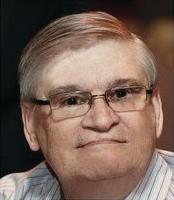

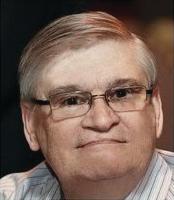
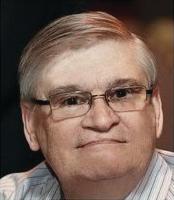
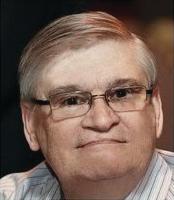
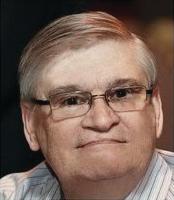
Friends Read Free